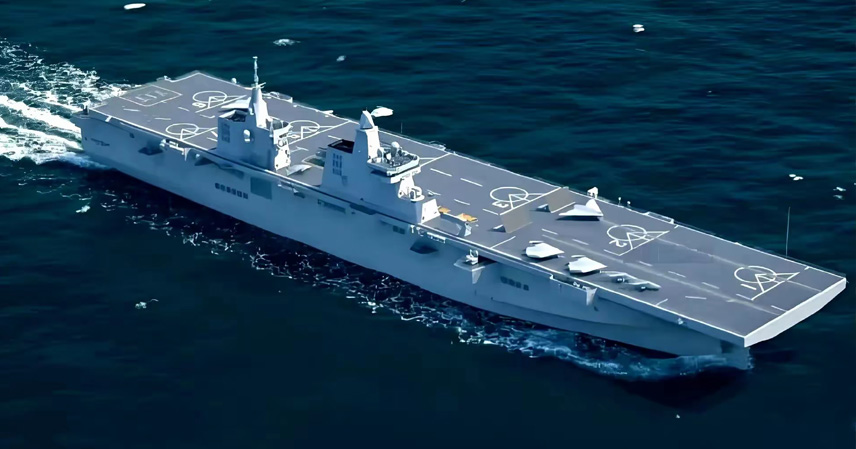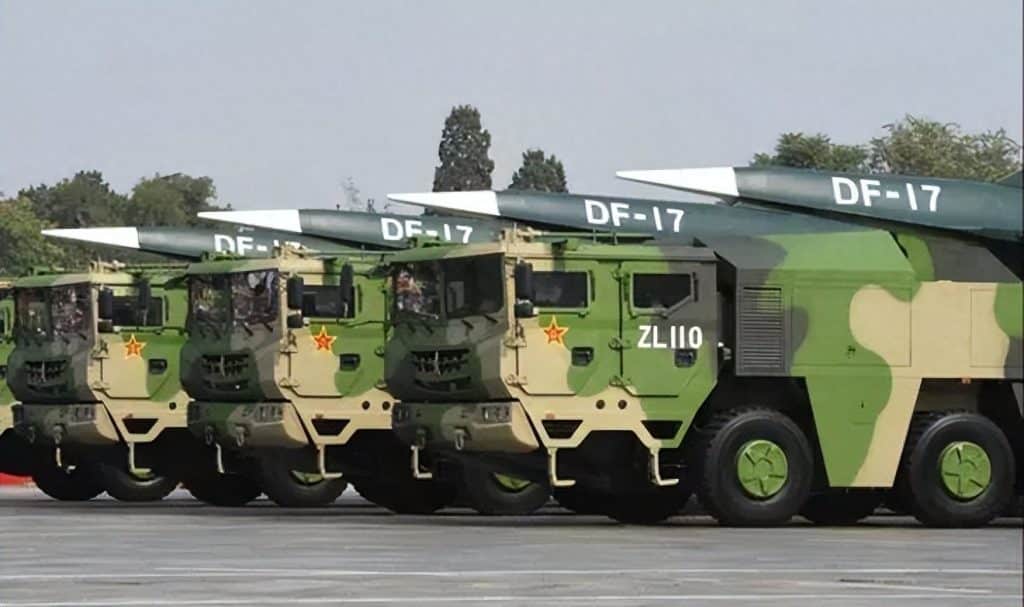Just days after the Fujian aircraft carrier officially confirmed the successful launch of J-35, J-15T, and KJ-600 carrier-based aircraft, another breakthrough has emerged. The 076-class amphibious assault ship Sichuan, launched in December 2024, has now removed its electromagnetic catapult installation shelter, signaling that harbor and sea trials are imminent.
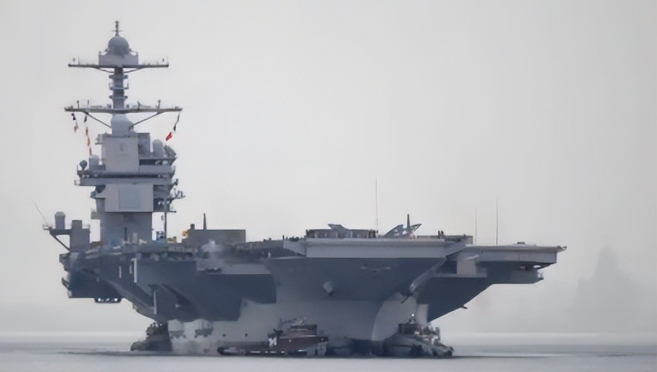
What Does Removing the Shelter Mean?
The dismantling of the protective structure over the electromagnetic catapult system marks the completion of a critical installation phase. Catapults are highly complex, consisting of multiple subsystems such as power storage, current regulation, and launch rails. They must be assembled in a dust-free, climate-controlled environment to prevent corrosion and damage.
That China completed this process in less than one year highlights major advances in miniaturization and integration of electromagnetic launch systems. For context, the U.S. Navy’s USS Gerald R. Ford required three years of installation and testing, facing repeated malfunctions. By contrast, China has now equipped both the Fujian aircraft carrier and the Sichuan amphibious ship with functional catapults, demonstrating versatility across different platforms—a milestone the U.S. has yet to achieve.
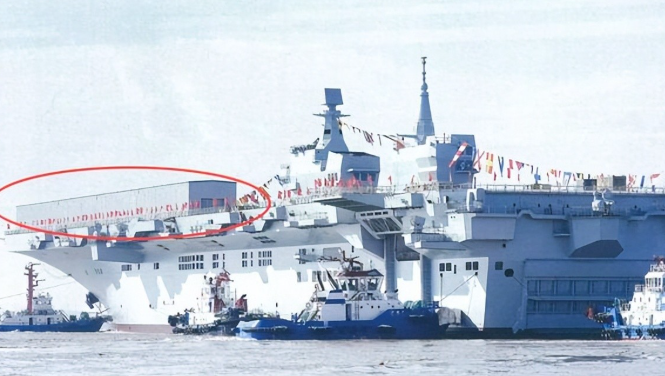
Redefining Amphibious Warfare
Traditionally, amphibious assault ships have been used primarily for troop deployment, carrying helicopters and landing craft. Even the U.S. Navy’s Wasp-class and America-class “light carriers” rely on the F-35B for fixed-wing strike capability.
But the F-35B suffers from inherent compromises:
- Vertical takeoff limits its payload to just 2 tons.
- Even with short takeoff, payload remains under 5 tons, with combat radius barely 1,200 km.
- Fuel consumption during vertical lift severely reduces endurance.
In contrast, the 076’s electromagnetic catapult enables the J-35 to launch at full fuel and payload capacity—up to 8 tons of weapons with a combat radius exceeding 1,200 km and an operational range above 3,000 km. Combined with superior stealth (smaller radar cross-section than the F-35B) and advanced AESA radar with 20% greater detection range, the J-35 offers a generational leap in performance.
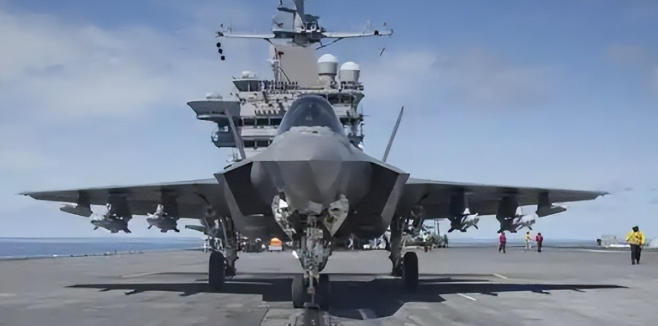
Integration of Unmanned Systems
The 076 is not limited to manned fighters. Analysis of satellite imagery and mock-ups suggests it can also deploy the GJ-11 stealth drone. With a range over 4,000 km, precision-strike payloads, and electronic warfare capability, the GJ-11 could act as a force multiplier.
This creates a powerful triad:
- J-35 fighters for air superiority.
- GJ-11 drones for reconnaissance, strike, and EW missions.
- Z-20/Z-8 helicopters for anti-submarine warfare and troop transport.
Such an integrated system of fifth-generation fighters + stealth drones + helicopters has no direct equivalent in the U.S. Navy, which currently relies on non-stealth UAVs like the MQ-9 and tanker-focused MQ-25.
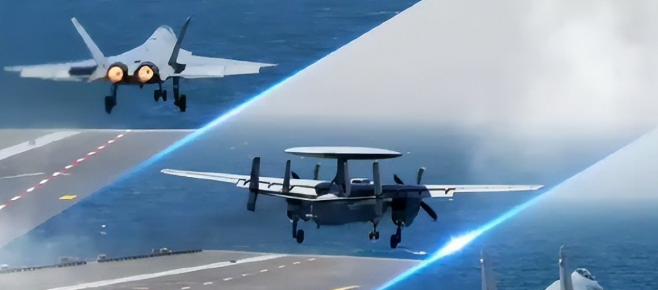
Strategic Disruption to U.S. Naval Dominance
The implications go far beyond one ship:
- Technological gap closing: While the U.S. still struggles with catapult reliability (Ford-class averages 1 failure per 400 launches vs. the Navy’s goal of 1 per 4,166), China has already fielded catapults across multiple platforms. In some areas, China may now lead.
- Force structure advantage: The 076 costs about one-third of the Fujian and can be built faster, enabling China to deploy multiple vessels more rapidly. A fleet of 3–4 Sichuan-class ships alongside China’s carriers would create a flexible force structure that dilutes U.S. numerical superiority in the Pacific.
- Shift in power dynamics: The U.S. strategy of maintaining regional dominance with 1–2 carrier strike groups is increasingly unsustainable. With the 076-class supplementing China’s carriers, American “island chain” deterrence risks becoming ineffective.
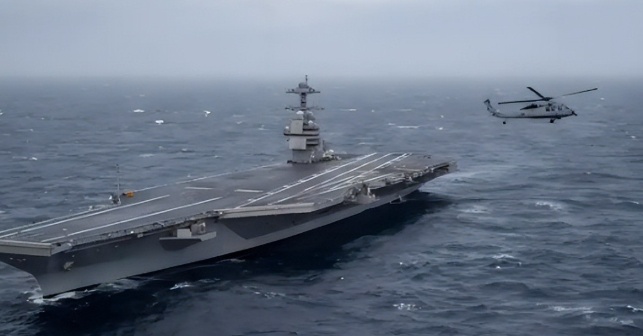
Toward “Active Peace”
Beyond pure military power, the 076 aligns with China’s broader “active peace” doctrine—leveraging strong capabilities to safeguard maritime trade, energy routes, and regional security. By developing ships that combine amphibious, air superiority, strike, and electronic warfare roles, China reduces reliance on traditional deterrence models, challenging U.S. dominance without direct confrontation.
The removal of Sichuan’s catapult shelter is more than just a technical milestone. It signals the rise of a multi-role combat platform capable of reshaping naval warfare, eroding U.S. advantages, and giving China greater control over its maritime security.
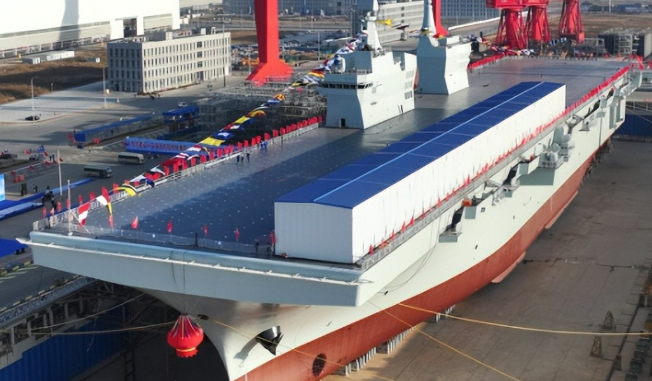
The U.S. is unlikely to welcome the sight of J-35 fighters catapulting off the deck of the Sichuan. But that moment may soon arrive—bringing with it a profound shift in the balance of power at sea.
References
- CCTV News (2025)
- Open-source naval analysis reports on Type 076 amphibious assault ship

